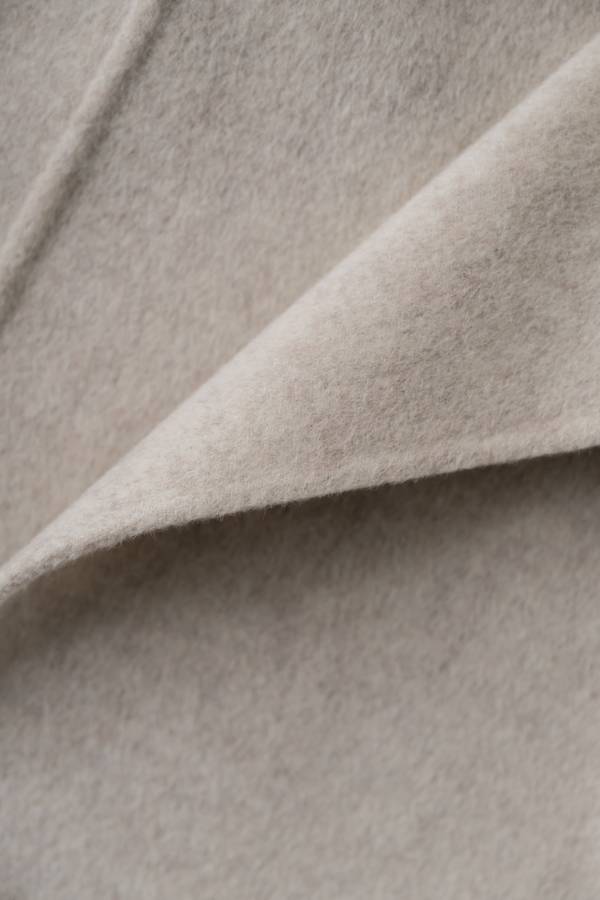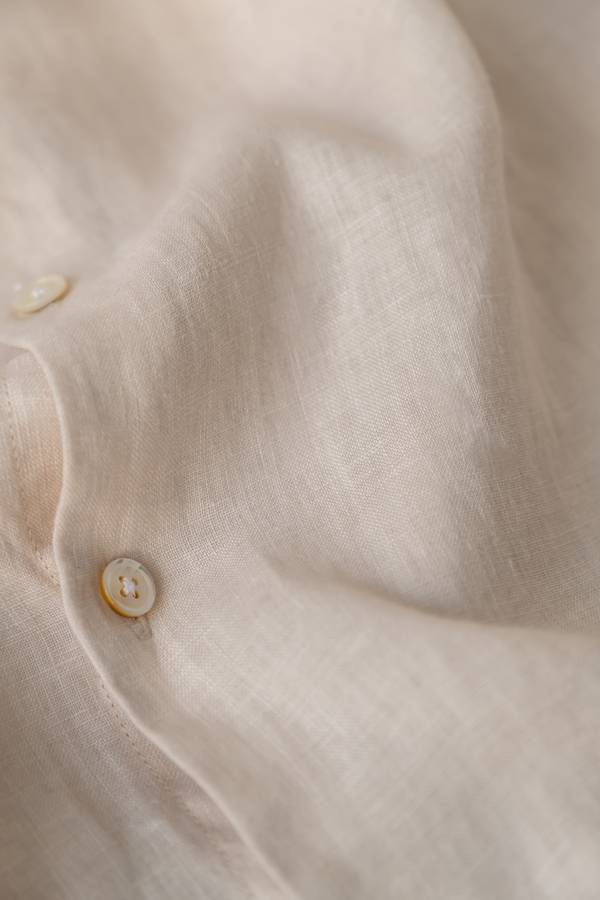Five Sustainable Fashion Habits



Choose Natural and Recycled Fabrics
Clothes made from natural materials last a long time when cared for correctly and will eventually biodegrade. Natural fabrics also tend to be more breathable and comfortable to wear, so you’ll reach for these pieces all year round. As a guide, opt for products made from 100% cotton, linen, wool or silk, which are natural and biodegradable. They also feel authentic and beautiful, too.
When curating a sustainable wardrobe it’s best to steer clear of synthetic fabrics such as polyester (which is made from petroleum). However, it’s hard to avoid them altogether, especially when shopping for items such as sportswear and swimwear. In this case, look for products made from recycled fabrics - Assembly Label swimwear is made from Econyl, which is a premium recycled nylon.
Avoid Single-Use Plastic Packaging
If you regularly shop online, do some research into the packaging your clothing comes in. When online shopping, check what the delivery satchel is made out of - there are now non-plastic options that are biodegradable and compostable, and the same goes for shipping labels, wrap and tape. These alternatives will usually include instructions on how to dispose of them in a sustainable way. Assembly Label is working towards eliminating single-use plastics from the supply chain, and currently uses biodegradable, compostable satchels from The Better Packaging Co. along with recyclable honeycomb kraft paper wrap.


Give Garments a Second Life
No matter how mindfully you shop, eventually there will be pieces you no longer wear - perhaps they no longer fit or reflect your personal style. When the time comes, don’t throw those clothes in the bin where they’ll end up in landfill - give them a second life! Before you donate your unwanted items, find out what organisations and charities are in need of clothes in good condition, from warm winter gear to formal workwear. Another option that is becoming popular is to return pre-owned items to the retailers they came from. These take-back programs support a circular economy and help ensure the items don’t contribute to landfill. An example is Assembly Label’s Re-Worn initiative - Assembly Label products returned to the program are either repaired and sold as one-off pre-owned pieces, or carefully sorted and donated or recycled. And if you’re holding onto a special item you no longer wear, nothing is quite as satisfying as gifting it to someone you love and seeing them make it their own.
Repair Wear and Tear
When a button comes loose or a seam tears, there’s no need to get rid of the garment - a much more sustainable option is to repair it. To extend the life of evening wear and shoes, it’s worth finding a reputable tailor or cobbler. As for minor flaws, some retailers such as Assembly Label offer free professional repair services for issues such as pulled seams and missing buttons that have occurred over time, so it’s worth taking advantage of these circular services when you can. However, the most rewarding thing you can do when it comes to easy fixes is to learn how to mend them yourself. Knowing how to use a sewing kit is an incredibly valuable skill to have.
Take Extra Care
Throwing all your dirty clothes into the washing machine and running them through a regular cycle is undeniably tempting. But to build a more sustainable wardrobe, it’s important to look after your clothes and give each piece the correct care. Different fabrics will require different care, for example cashmere, denim and linen all require specific washing and drying processes, so go one step further than checking the garment label and read up on the best way to look after each fabric and the best products to use - you can find tips on caring for Assembly Label clothing here and rather than taking a chance with harsh chemicals, invest in specialised, eco-friendly laundry detergents to keep your clothes in premium condition for longer.